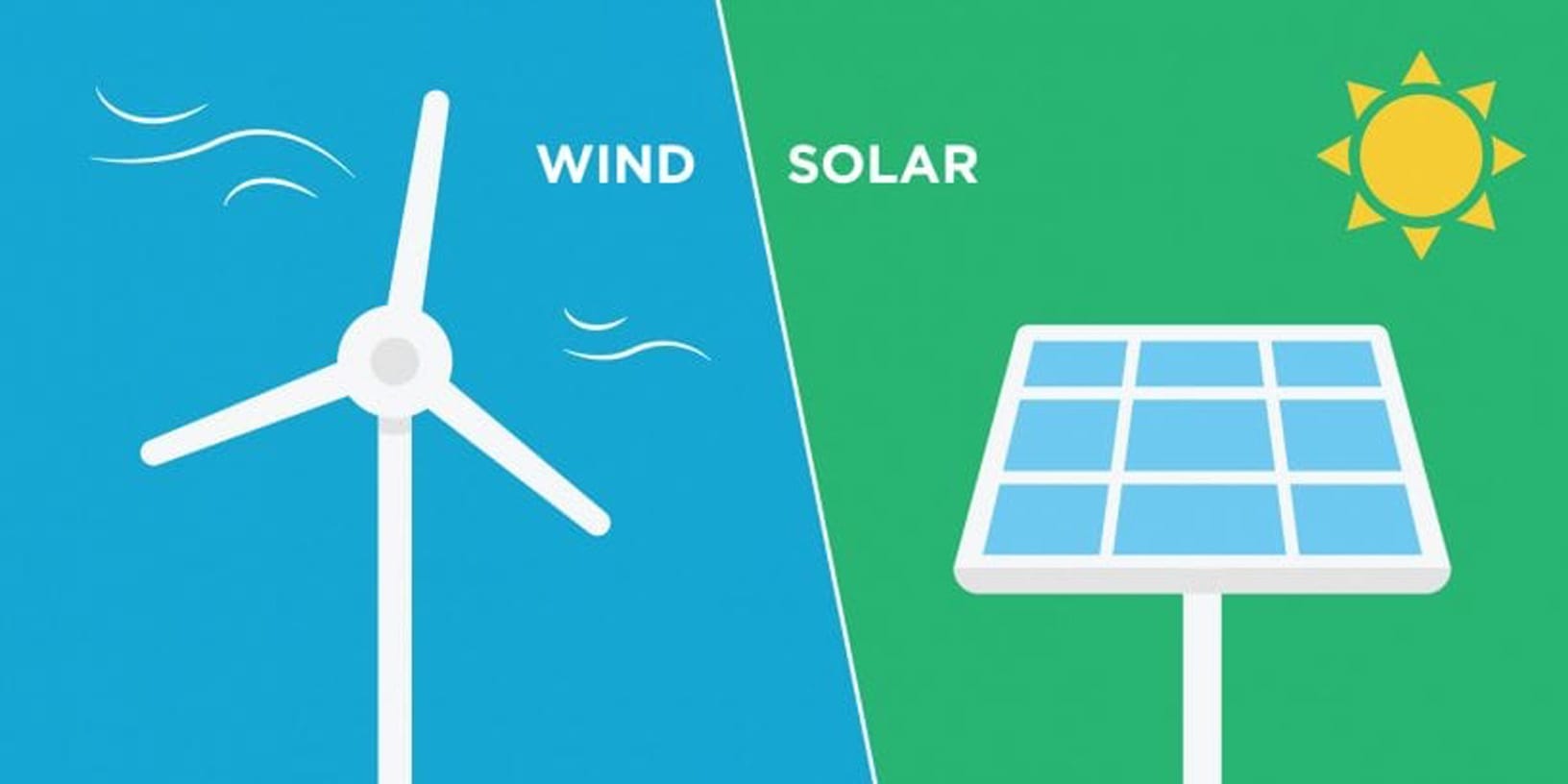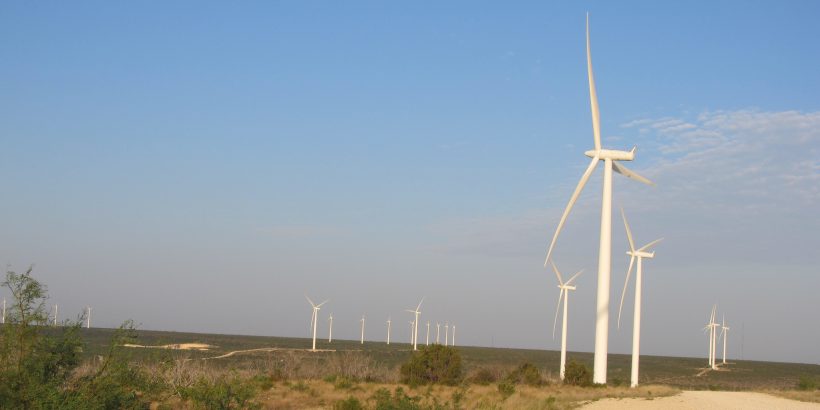How to Optimize Smart Home Energy Efficiency
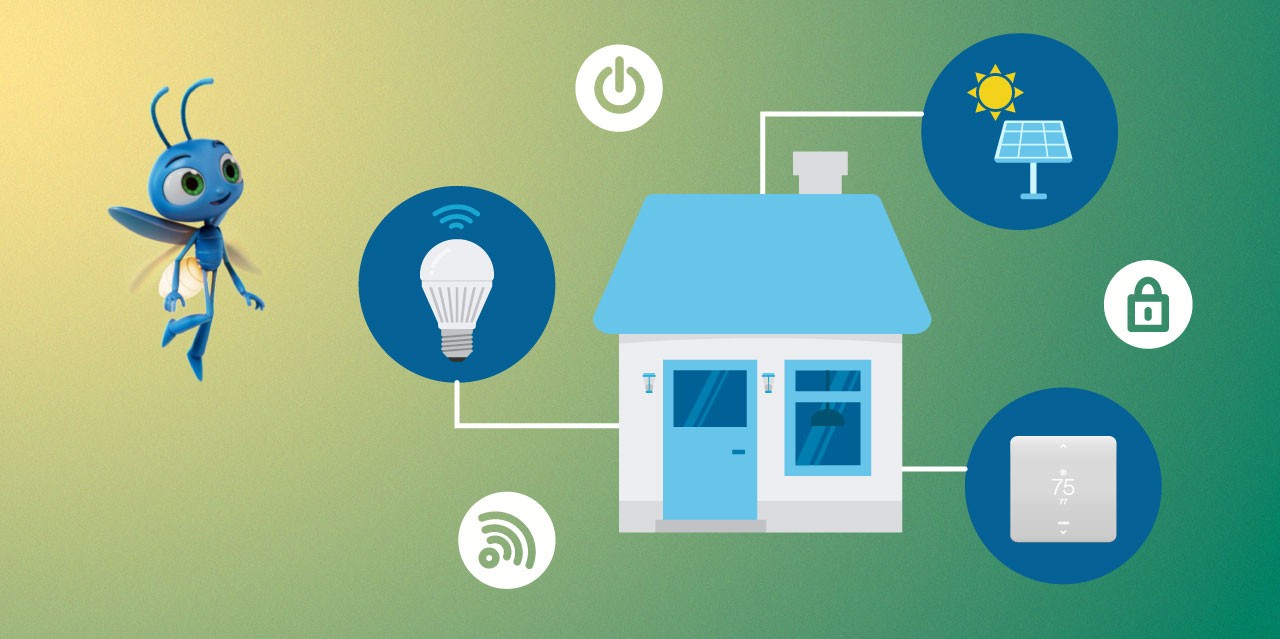
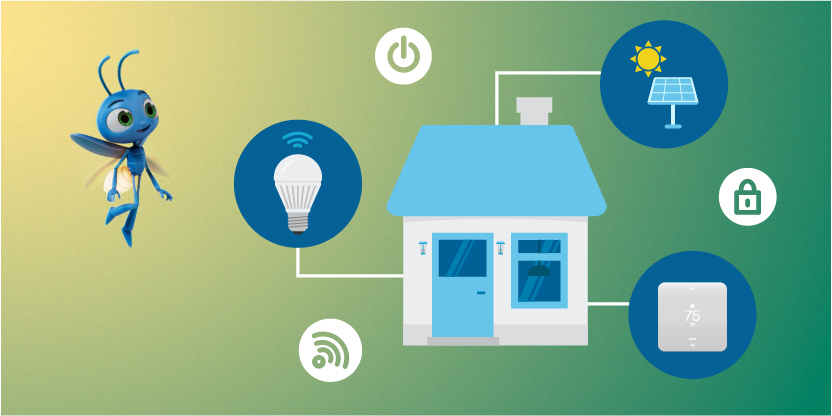
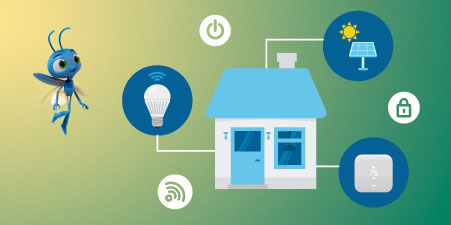
Smart technology
Smart home technology offers you the chance to boost energy efficiency and sustainability in your home. It often means improved security, too.
Let’s explore the ways smart tech drives a leaner and greener home.
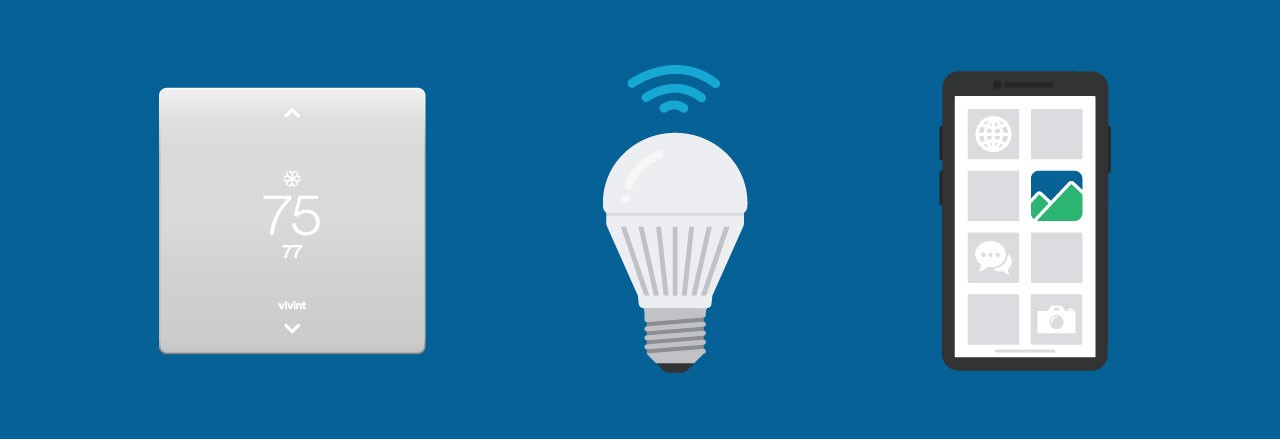
Smart thermostats: precision in climate control
Temperature regulation can be one of the most impactful ways to reduce energy waste at home. Smart thermostats like those from Vivint help homeowners cut back on excessive AC and heating use with intelligent features.
- Auto-scheduling: When your HVAC usage and adjustment habits are steady, a smart thermostat can detect them and then maintain those settings accordingly. Or you can program a smart thermostat to follow a schedule yourself.
- Geofencing: A smart thermostat can see when you're away from home using motion sensors, and adjust heating or cooling accordingly.
- Energy reports: Smart thermostat energy reporting includes features like monthly summaries of household usage via email, allowing you to compare usage trends, and even AI-powered functionality that adjusts the thermostat based on user habits for optimal energy savings.
As you get the hang of features like these, energy efficiency becomes a combination of enjoying comfort and cutting costs.
Smart lighting and plugs: illuminate your path to savings
Leaving lights and devices powered on when not in use contributes to energy waste, but smart lighting and plugs can help solve this issue. What kind of technology are we talking about?
- Control from anywhere: Current smart tech can turn off lights or appliances from anywhere, usually using an app on your smartphone.
- Smart scheduling: Modern smart software can automate lights and devices to power down during certain hours and allow you to program custom schedules and lighting based on activities like movies or a romantic dinner.
- Dimming options: Automatic dimming programming, again using smart software, can adjust lighting brightness based on motion sensors, reducing excess consumption.
Energy monitoring tools: tracking usage in real time
Knowledge is power, especially when it comes to energy consumption. Energy monitoring tools allow users to stay on top of their flow of energy in real time.
Using this technology can deliver real-time energy usage for individual devices, but it can also monitor energy-generating appliances. A home solar system is one example of an energy supplier around the house.
Monitoring devices means getting a handle on the ones that draw the most energy, thus allowing you to make informed adjustments to reduce excess power consumption.
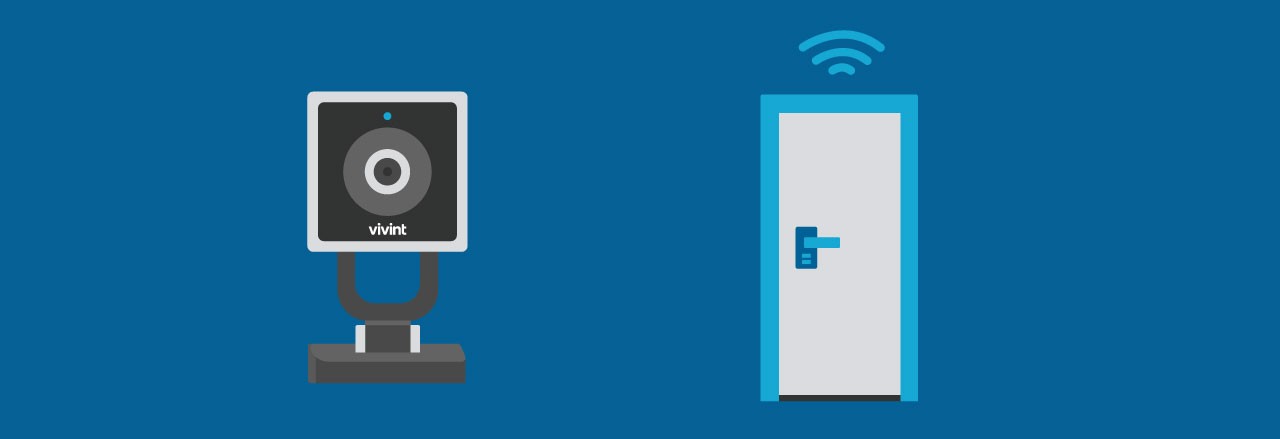
Smart security and sustainability go hand in hand
Smart home security does more than protect—it plays a crucial role in energy management. A fully connected home simplifies use of smart thermostats, lighting, plugs and security features into a manageable whole. System control is at your fingertips.
Vivint products are one example. With intelligent automation, a Vivint-powered home ensures seamless energy efficiency among security and energy management.
Let’s dive into how motion sensors, cameras and other security devices can contribute to a more sustainable home.
Motion sensors and cameras: energy efficiency through automation
Instead of leaving lights or climate controls running all day, a smart home can help conserve energy with:
- Motion-activated lighting: Lights turn on only when needed, reducing unnecessary usage.
- Camera-based automation: Adjust lights and HVAC depending on detected activity.
Integrating motion sensors and cameras into an energy-efficient home ensures that power is used only when necessary.
Door and window sensors: smarter heating and cooling
Smart sensors detect when doors or windows are open, ensuring that:
- HVAC systems don’t work harder to compensate for lost heat/cool air.
- Users receive alerts to close windows when energy is being wasted.
Tips for building a smart, sustainable home
Adopting smart technology takes a few basic steps to get started. Here’s how to build a smarter, more sustainable home:
- Start small and expand: Rather than overhauling your home all at once, start with one device—a smart thermostat or lighting system—and gradually add more smart products.
- Choose devices certified ENERGY STAR®: products meeting criteria for this certfication are designed for efficiency, ensuring lower electricity consumption without compromising performance.
- Set up device automations: Align automation schedules with your daily routine. If you wake up at 7 a.m., program lights and heating to activate accordingly.
- Monitor energy use and adjust habits using the info: Smart energy monitoring means having real-time tracking of electricity consumption, helping homeowners identify energy-hungry appliances. AI-powered smart technology can alert users to abnormal usage, and suggest ways to optimize household appliance consumption.
- Explore compatibility with renewable energy plans: Many smart home users benefit from pairing their devices with green energy solutions, ensuring sustainability beyond automation.
Combining smart tech with renewable energy plans
The true power of smart technology is amplified when paired with clean energy sources. Homeowners can maximize environmental impact by integrating smart tech with renewable electricity providers such as Green Mountain Energy.
Offsetting carbon emissions
Green Mountain Energy offers green electricity plans designed to reduce carbon footprints. Pairing smart home automation with renewable energy can ensure a greater sustainability impact.
Solar-powered smart homes: a winning combination
Using solar-sourced electricity to power smart home devices enhances sustainability. When a home is smart and solar-powered, energy efficiency is taken to the next level.
The evolution of your home
The journey to a smart and sustainable home can get going with small changes. By integrating smart thermostats, lighting, plugs, security systems and energy monitoring tools, homeowners can reduce unnecessary energy use.
Even better, pairing smart upgrades with renewable energy providers like Green Mountain Energy can amplify the eco-conscious effects of smart tech.
Find a renewable energy plan that helps your home go green.
Enter your ZIP code to get started.
